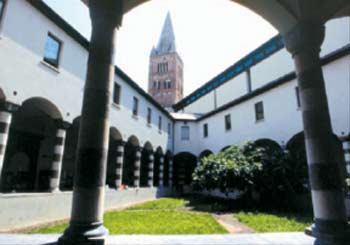
MUSEO DI SANT'AGOSTINO
Piazza Sarzano 35/R
tel. 010/2511263
![]() critical text by Emilia Marasco
critical text by Emilia Marasco
An
alternative journey through the museum, overlapping on the usual itinerary,
almost a way to make the place less austere, the “reinstatement” of a
work, a sculpture in the room dedicated to sculpture, “notes” to meditate
on three fundamental topics: rule and game, justice, death.“Post no bills”:
a collection of plates with the warning not to post them. A rule chiselled
on marble, a “post no bills” plate posted on a wall, the prohibition on
marble put in a museum with a deplacement intent that clearly shows its
cultural origins. Biggi chooses the conceptual game, and irony as a filter
to look at the places and at the elements that characterize them in order
to create real journeys that are like projections of mental itineraries
to move across the town, its roads as well as its museums. Fabio Niccolini's
choice fell on the plastic representation of the four Cardinal Virtues,
which in fact are only three, since one statue – Justice - is missing.
He fills this emblematic empty space with an installation of photographs
showing contemporary places and situations and with a text, to portray
a world where justice is missing, substituted by inequality. Paola Rando
adds a sculpture in Carrara marble to the museum of sculpture, giving
a new reading to Simon Boccanegra's funerary monument. She focuses on
the face of the statue, probably moulded on the deceased's, and she creates
a long abstract face, with closed oriental eyes, without a mouth to identify
his gender. The artist tries to find this figure's primitive, original
dimension, also reflecting on death as an everyday and eternal presence.
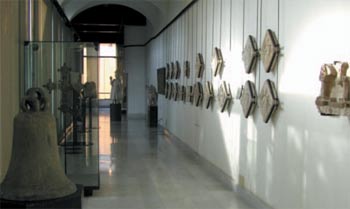
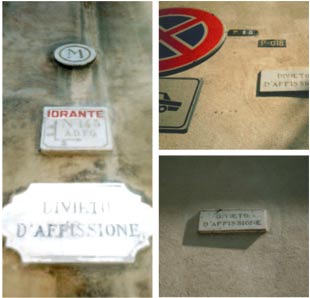
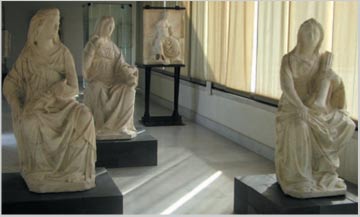
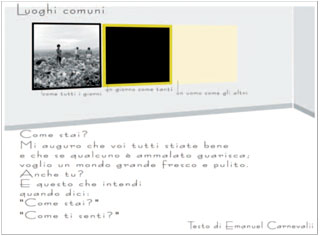 ,
, 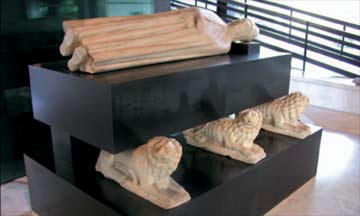
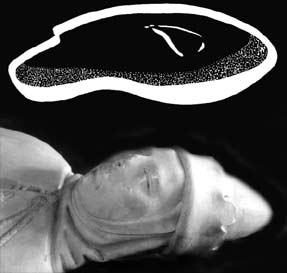 Sketch
Sketch